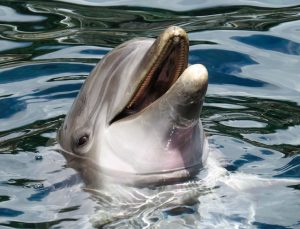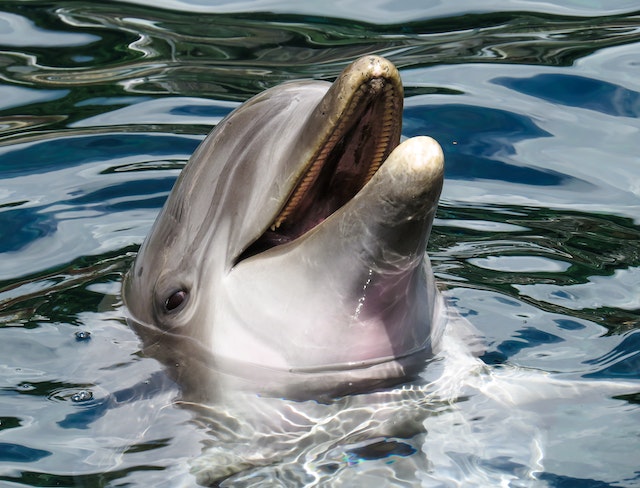Introduction
Dolphins, the epitome of elegance and grace in the oceans, have always been a subject of fascination. Their seamless movements through the water, their acrobatic leaps, and their uncanny ability to navigate vast ocean expanses have captured the imagination of scientists and nature enthusiasts alike. In this enthralling exploration, we will delve into the intriguing world of dolphin movement patterns. Join us as we uncover the secrets behind their graceful swimming and their remarkable navigational prowess.
Meeting Our Marine Experts
Before we dive into the depths of dolphin movement, let’s meet the experts who will be our guides:
- Dr. Maya Rodriguez: An esteemed marine biologist with a Ph.D. in Marine Biology from the University of California, Dr. Rodriguez specializes in studying dolphin movement patterns and their ecological significance.
- Captain James Turner: With decades of experience as a marine biologist and dolphin tour operator, Captain Turner brings a unique perspective on observing and understanding dolphin behavior in their natural habitat.
The Elegance of Dolphin Swimming
Streamlined Bodies
Dolphins’ streamlined bodies are perfectly adapted to minimize water resistance. Dr. Rodriguez explains, “Their elongated shape, lack of external ears, and smooth skin contribute to their hydrodynamic design, allowing them to glide effortlessly through the water.”
Powerful Tails
Dolphins rely on their powerful tails for propulsion. Captain Turner adds, “Their tails, or flukes, provide the thrust needed for rapid acceleration and graceful maneuvers.”

Synchronized Movements
Dolphins often swim in synchrony with their pod members. Dr. Rodriguez notes, “Synchronized swimming not only strengthens social bonds but also enhances their efficiency when hunting and traveling.”
Navigational Prowess
Echo Location
Dolphins use a sophisticated system of echolocation to navigate and locate prey. Captain Turner elaborates, “They emit high-frequency clicks, and by analyzing the echoes, they create a mental map of their surroundings.”
Magnetic Sensitivity
Research suggests that dolphins may possess magnetoreception, allowing them to sense Earth’s magnetic field. Dr. Rodriguez adds, “This ability could aid in long-distance navigation and migrations.”
Movement Patterns in the Wild
Daily Routines
Dolphins exhibit diel vertical migration, moving closer to the surface at night to feed and descending to deeper waters during the day. Captain Turner says, “This behavior helps them optimize their foraging and avoid predators.”
Seasonal Migrations
Some dolphin species undertake seasonal migrations, covering vast distances in search of food or breeding grounds. Dr. Rodriguez notes, “These migrations showcase their ability to navigate across open ocean expanses.”
Insights in a Nutshell
Let’s encapsulate the key takeaways in a visually engaging table:
Dolphin Movement Patterns
| Dolphin Swimming | Navigational Prowess | Movement Patterns |
|---|---|---|
| Streamlined Body | Echo Location | Daily Routines |
| Powerful Tails | Magnetic Sensitivity | Seasonal Migrations |
| Synchronized Movements |
Conclusion
The world of dolphin movement patterns is a mesmerizing realm of elegance and precision. Our marine experts, Dr. Maya Rodriguez and Captain James Turner, have illuminated the secrets behind their graceful swimming and remarkable navigational abilities. As we unravel the mysteries of dolphin movement, we gain a deeper appreciation for their unique adaptations and their crucial role in maintaining the balance of marine ecosystems.
In this exploration, we’ve unveiled the mystery of dolphin movement patterns with insights from marine experts. We hope this journey inspires awe and admiration for these magnificent marine creatures and fosters a commitment to their conservation.




